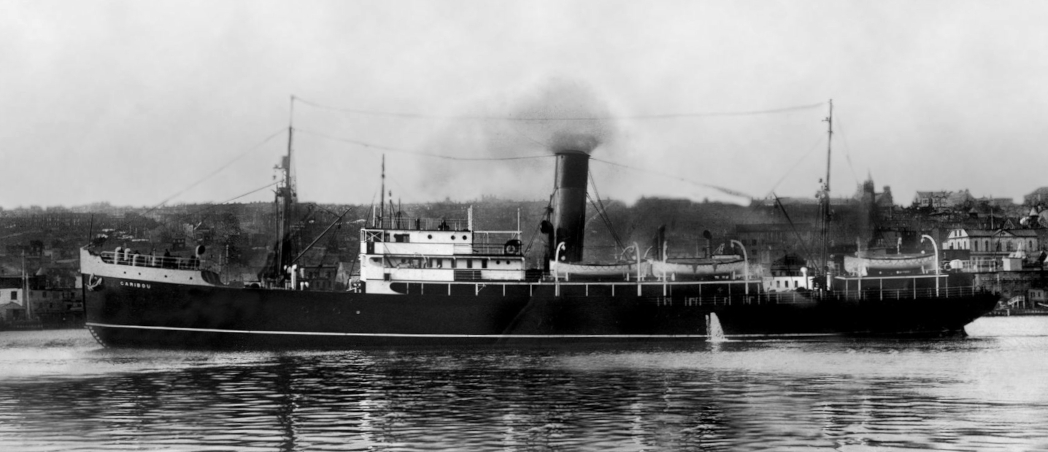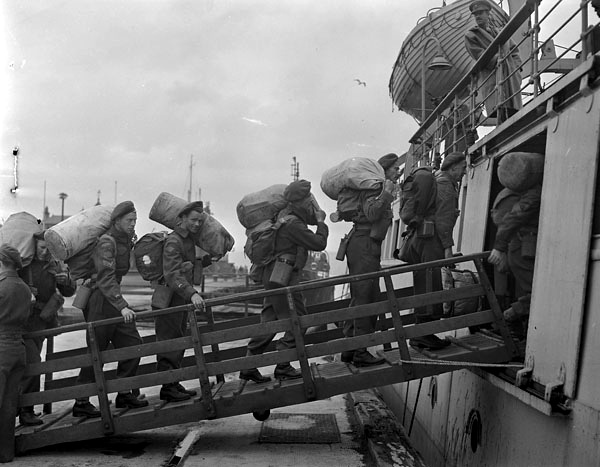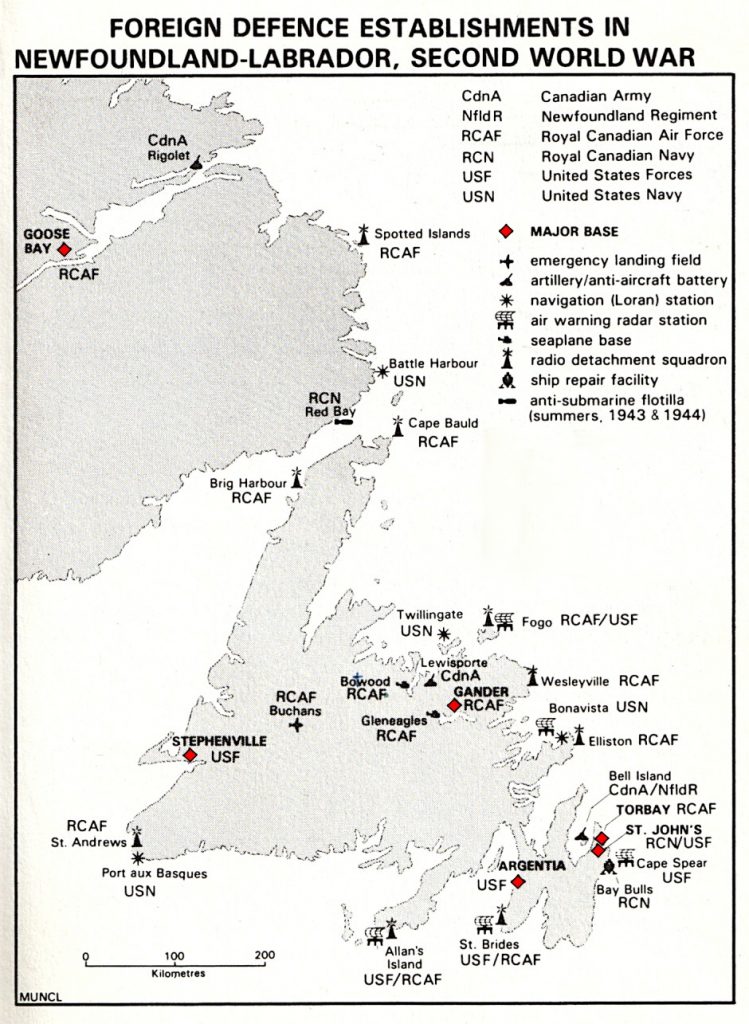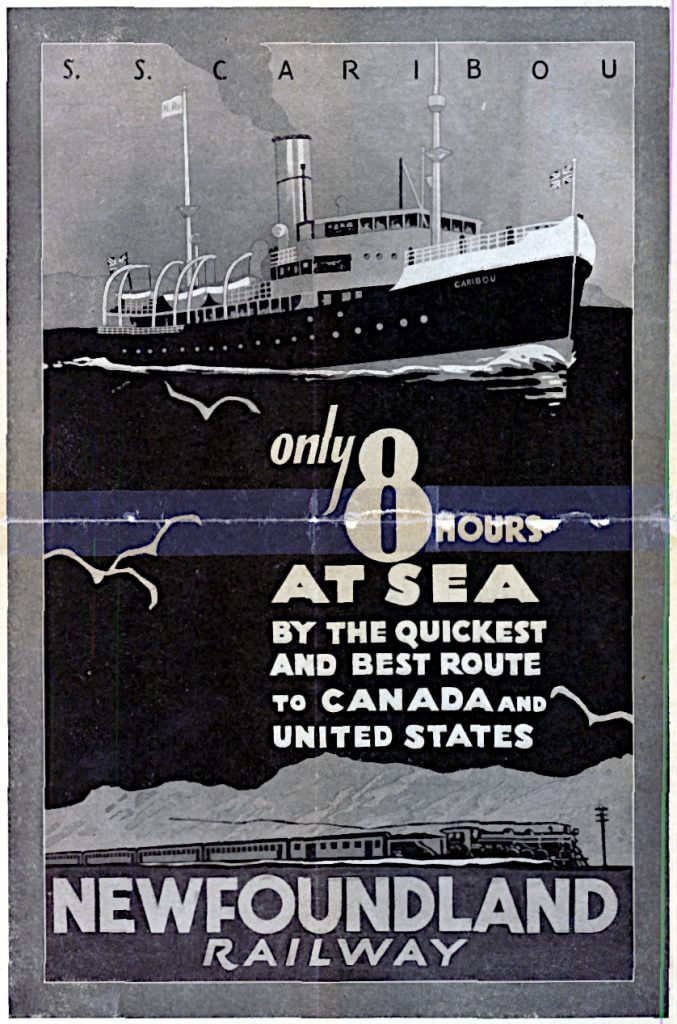Was the sinking of S.S. “Caribou” a war crime?
The sinking outraged people on both sides of the Cabot Strait. It attacked Newfoundland’s only link to family, hospitals, and jobs in Canada. An advertisement in the Sydney Post-Record described the German attack as the “bestial murder of women and children.”
Oberleutenant zur See Ulrich Gräf was the commander of the attacking German submarine U-69. He recorded in the U-boat’s logbook that S.S. Caribou was a “freighter-passenger steamer.” However, the presence of civilians did not disqualify it as a wartime target. World War II veteran and columnist Herb Wells argued that the ship was a legitimate target. He noted that the ferry operated as a troopship during the war and it regularly carried war supplies from Canada to Newfoundland. The presence of a Navy escort ship confirmed that the German commander had his sights trained on an enemy asset.
During the war, the Gulf ferries and their crews were designated as part of the Merchant Navy. While 74 civilians boarded the ship on October 13th, an additional 118 passengers were military. Many were travelling to Army, Navy and Air Force bases in Newfoundland. That fateful night S.S. Caribou was carrying troops and supplies crucial to the Allied war effort.
In wartime, any German U-boat would have fired if it encountered a freighter-passenger vessel of significant tonnage, flying the Newfoundland Red Ensign and accompanied by a Royal Canadian Navy warship. Years later, Purser Tom Fleming, the highest-ranking officer to survive the sinking, was asked if S.S. Caribou was a legitimate target.
“I believe so,” he admitted.





